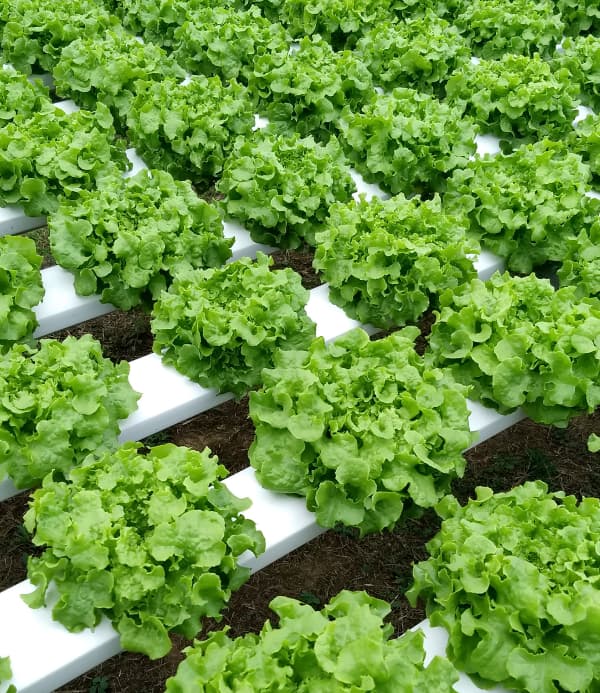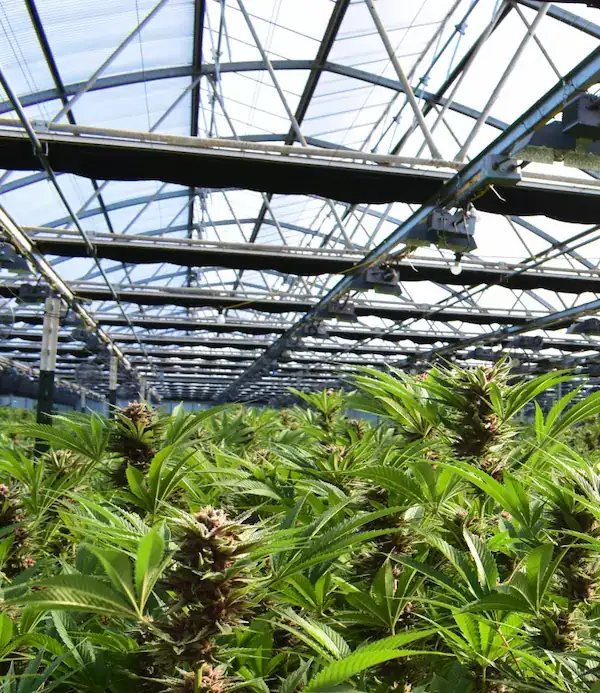Growth-Driven Marketing for Agritech & Urban Green Tech Industries
With us by your side, you can navigate the complexities of agritech marketing with precision. Let's unlock your agritech business's full potential, with strategic marketing solutions tailored to your specific goals and objectives.
Agritech Marketing Challenges We Help Solve
Technology
Adoption Hurdles
Inadequate Lead
Quality & Conversion
Resource
Constraints
Measurement &
Reporting Gaps
Sales-Marketing
Disconnect
Brand Message
Misalignment
Agritech & Green Tech Marketing Insights
Expert Solutions for Measurable Impact for EVs, Agritech & Urban Green Tech
How do you ensure we achieve
measurable targets?
We begin by aligning closely with your business objectives, setting specific, measurable targets with real-time dashboards to monitor our progress. Together, we develop a grounded plan to meet these goals, constantly refining our approach based on quarterly reviews. This dynamic strategy ensures we stay on track, adapt to industry shifts, and remain focused on delivering tangible results for your agritech business.
How do you ensure your team is well-versed in the urban green tech and agritech industries?
More than 2 decades of experience of working closely with both startups and industry giants, equips us with unparalleled insights into agritech’s unique dynamics. Our team is made up of experts in every area of digital marketing, each with at least five years of specialized experience This depth of industry-specific knowledge ensures that every campaign we execute resonates with your target audience and advances your business objectives.
How do you assist clients in overcoming substantial barriers to entry in new markets or segments?
Our approach involves leveraging established affiliate networks and partnerships within the agritech industry, which act as bridges into untapped segments. This strategy not only facilitates market entry but also establishes a foundation for sustainable growth and expansion in these new markets.
How can you customize marketing for high-value agritech products with long sales cycles to boost ROI and speed up sales?
High-value agritech products often come with long sales cycles, and handling these effectively requires smart strategies. We thoroughly analyze your sales process to find ways to make each part of the customer journey smoother and more efficient. By carefully planning out each step of this journey, we introduce specific tactics aimed at boosting customer engagement and increasing the chances of making a sale at every point, all with the goal of speeding up the entire sales process.
If your company falls under any of the following sub industries, sectors, or technologies below, we might be a natural fit.
Green Urban Tech & Smart Cities
Smart City Tech
Urban Planning Tools
Autonomous Vehicles
Public Transit Tech
Mobility-as-a-Service (MaaS)
Micro-Mobility (e.g., bike and car sharing)
Traffic Flow Optimization
Sustainable Urban Infrastructure
Agritech & Sustainable Agriculture
Precision Agriculture SaaS
Urban Farming & Vertical Farming
Climate-Smart Agriculture
Environmental Compliance for Agriculture
Farm Management Software
Resource Optimization Tools
Sustainable Agriculture Analytics
Crop Monitoring & Soil Health Tech
Environmental Monitoring & Green Infrastructure
Environmental Sensors
Climate-Adaptive Infrastructure
Urban Resilience Tools
Pollution Monitoring Solutions
Urban Data Analysis
Climate-Smart Cities
Smart Roads & Telematics
EVs & Fleet Electrification
EV Charging Networks
Fleet Electrification Support
EV Fleet Solutions
Vehicle-to-Grid (V2G) Technology
Charging Infrastructure Management
Electric Fleet Management
Renewable-Powered EVs
Fleet Tracking & Optimization
80%
of companies will soon compete primarily on customer experience, with digital marketing will be a crucial factor
77%
of consumers prefer buying from brands with a commitment to bettering the world
Our Green Tech & Agritech Clients Are Winning
.webp?width=200&height=119&name=ct%20green%20(1).webp)

"We had less than 5 months to develop a new brand, establish a substantial online presence and prepare for the largest trade show in the world in our industry. The team made our mission theirs and hit every milestone on the way to a successful launch. Couldn’t have done it without them!"
⭐⭐⭐⭐⭐
Jim Boudreau
COO @ Agrify


Get Actionable Insights on Your Marketing Performance
Take the first step towards enhancing your marketing efforts by scheduling your free review session. Gain valuable insights and data-driven recommendations for your business.



